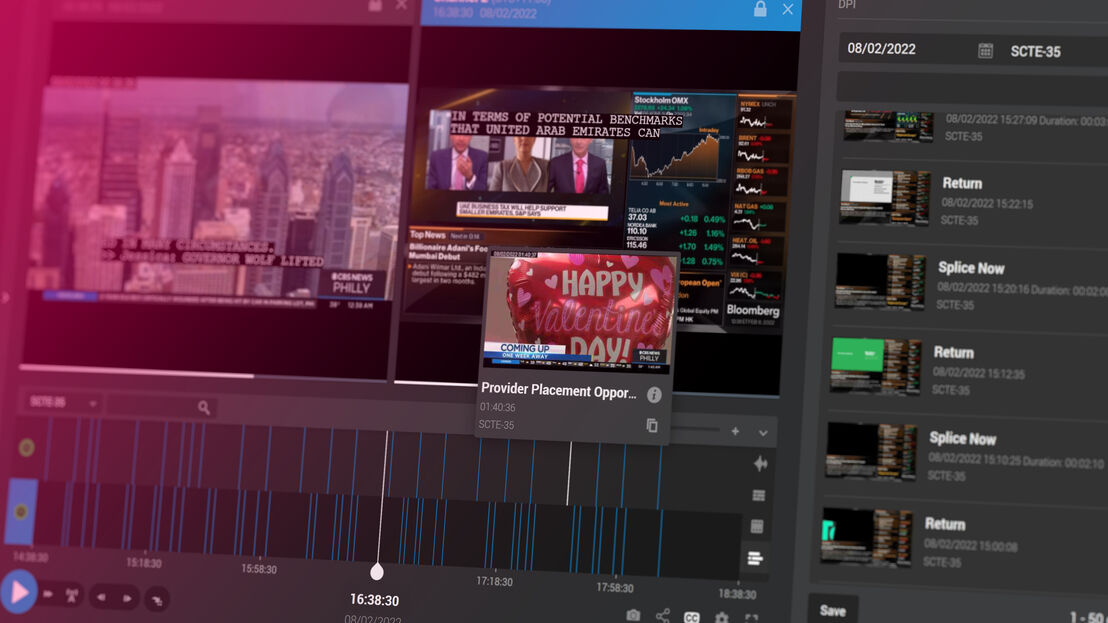The rapid but unpredictable rise of AI is making it harder than ever for companies in broadcast & media to predict their future skills requirements – but that shouldn’t be a reason to fall into despondency, discovers David Davies.
The consensus view is that broadcast & media has been facing an increasingly serious skills crisis for several years now. In particular, the combination of limited access to training in some technical disciplines and the retirement of a generation of senior engineers has yielded a ‘perfect storm’ of challenges that will afflict broadcasters for the next decade at least.
To that mix one can now add the rapid but deeply unpredictable rise of AI. The likely impact on some roles – for instance, basic editing and the more repetitive aspects of localisation – isn’t too hard to predict. But with new applications emerging all the time, and meaningful regulation only beginning to emerge (led by the EU, which has just reached provision agreement on new legislation) – let alone gain parity with the pace of innovation – taking the long view is increasingly challenging...
You are not signed in
Only registered users can read the rest of this article.

Poacher turned gamekeeper: Netflix rules, for now
Netflix raids Hollywood to land a giant of old media, but having offered billions over the odds for ageing IP, would a smarter play have involved the creator economy?

Truth in the age of deepfakes: Building trust in the human-machine era
As deepfakes become prevalent throughout the media industry, experts at the BBC, Guardian, and ITN wrestle with the implications of today’s unprecedented levels of disinformation and distrust.

Rory Peck Awards: Truth has never needed its defenders more
This year’s Rory Peck Awards was an affirmation that press freedom is in severe danger, that it has become a vicious fight to sustain that facts matter. George Jarrett reports.

Camerimage: “The time to be afraid of AI was two years ago”
The festival of cinematography remains political with the rise of AI and gender equality bubbling beneath the surface.
.jpg)
Content Everywhere: Disruptive forces in 2025, from AI to ROI and SGAI
Looking back over 2025 to date, it’s clear that AI continues to widen its role in the Content Everywhere ecosystem, and many companies are becoming more discerning about how and where the technology should be applied to streaming and video technology. Clearly, there is still much more to come, and much more to learn, but what have recent developments taught the industry to date?




.jpg)
.jpg)